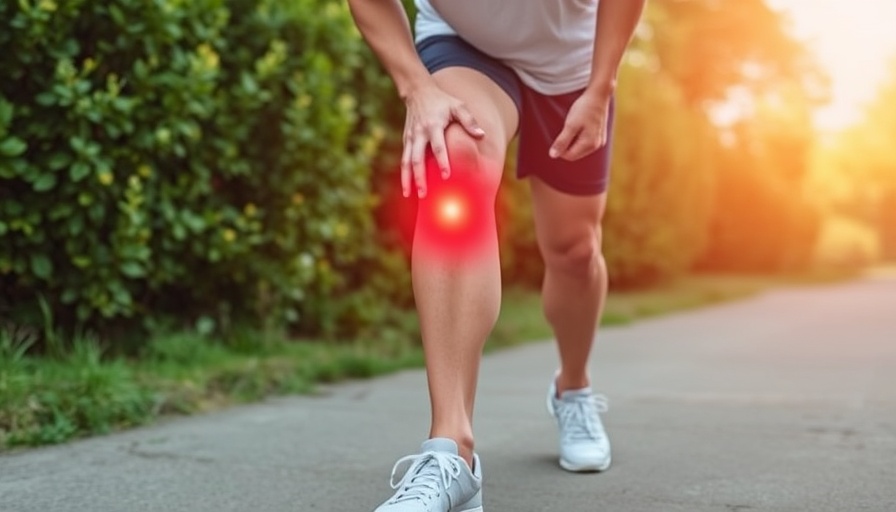
The Simple Yet Effective Approach to Lower Back Pain
Recent research from Macquarie University has unveiled a surprisingly simple way to alleviate lower back pain, a common complaint affecting millions worldwide. Instead of resorting to complex treatments or invasive procedures, the findings highlight the importance of regular walking and specific exercises to strengthen the lower back.
Understanding Lower Back Pain
Lower back pain is often described as a silent epidemic, stemming from various causes including poor posture, lack of physical activity, and even stress. With many individuals seeking unreliable solutions like medications or surgeries, it’s refreshing to find that basic lifestyle changes can yield significant improvements. The study indicates that patients who engaged in moderate walking—about 100 minutes a day—reported a notable decrease in their pain levels. The researchers call this approach straightforward but effective.
Walking: The Key to Pain Relief
Walking not only aids in alleviating back pain but also contributes to overall physical health. This gentle exercise boosts cardiovascular capabilities and improves muscular endurance without stressing the body. The act of walking stretches and strengthens the back muscles, making them less susceptible to pain caused by daily strain.
Targeted Exercises: Strengthening the Core
Alongside walking, specific exercises have emerged as crucial for individuals suffering from lower back pain. The McGill Big Three exercises, which include the prone plank, side bridge, and bird dog, have gained acclaim for their ability to engage and strengthen key muscle groups. These exercises promote spinal stability and help to effectively distribute load, minimizing the risk of injury.
Medical Caution: When to Seek Professional Advice
While these findings shed light on natural and manageable solutions, it’s paramount for those experiencing persistent pain to consult healthcare professionals. Some underlying conditions could exacerbate discomfort, and a tailored program addressing individual needs may prove necessary. Walking and exercise should supplement medical advice rather than replace it entirely.
The Broader Perspective on Pain Management
The implications of this research extend beyond mere pain relief; they reflect a broader paradigm shift in how we view and address chronic pain. Traditionally, many aspects of pain management have leaned heavily on pharmaceutical interventions. However, revisiting straightforward lifestyle adjustments can empower individuals to take charge of their health.
A Cultural Shift Towards Wellness
With society’s increasing focus on holistic well-being, this research aligns with ongoing trends advocating for preventive health measures. In today’s fast-paced world, prioritizing simple yet effective strategies like walking could reshape individual and collective approaches to health.
Next Steps: Embracing an Active Lifestyle
As the results of this study gain more recognition, people experiencing back pain may benefit from trying to incorporate walking into their daily routines and performing core-strengthening exercises. It’s essential to find feasible ways to integrate these practices into everyday life.
To learn more about this innovative approach to easing lower back pain, consider exploring related studies and news in the field of wellness. Knowledge is powerful, and understanding your body can lead to greater health outcomes.
 Add Row
Add Row  Add
Add 




Write A Comment